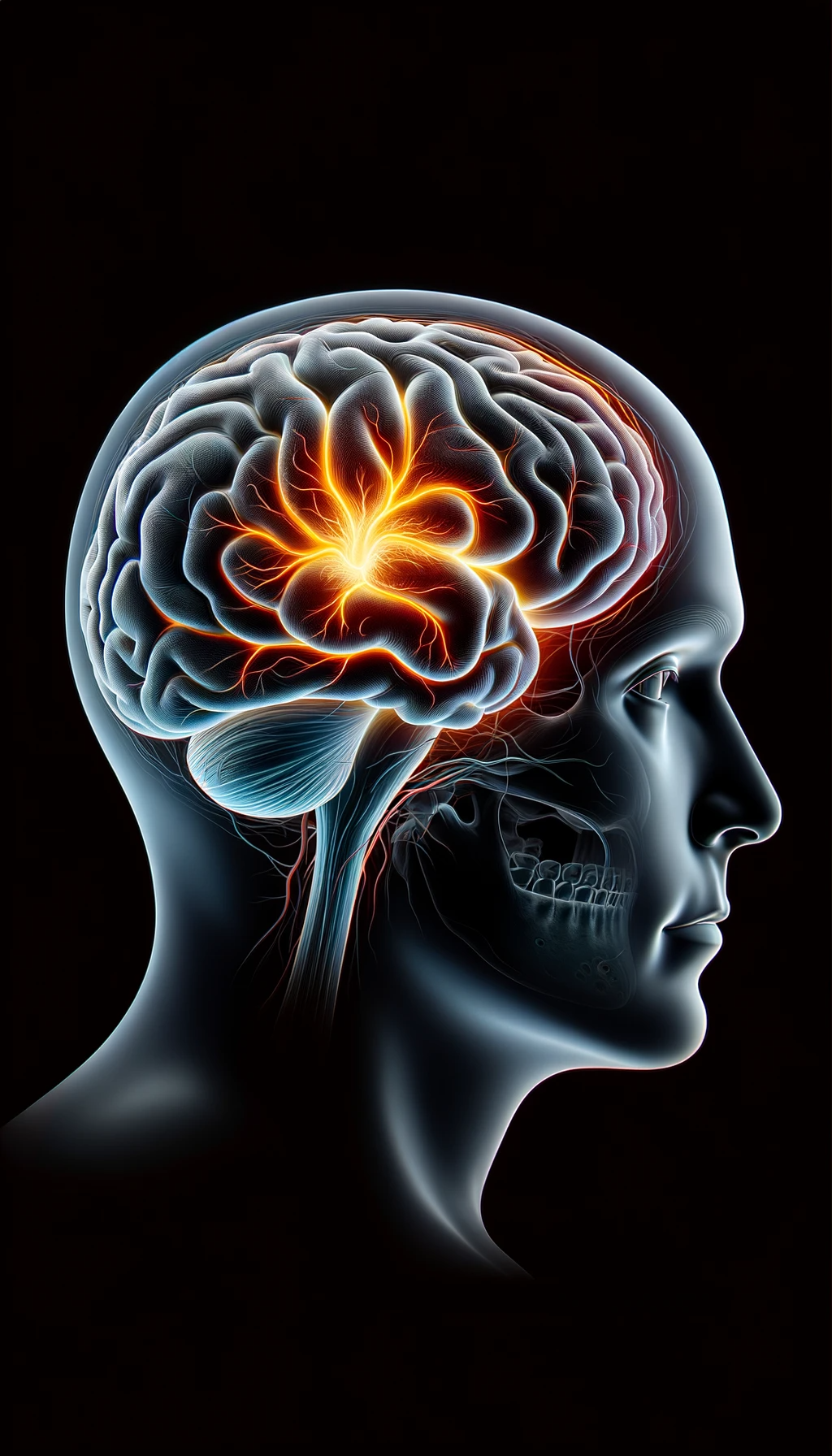The application of Artificial Intelligence (AI) in stroke diagnosis represents a significant advancement in medical technology, offering the potential to enhance the accuracy, speed, and efficiency of diagnosing stroke types and severity. This in-depth analysis explores the role of AI in stroke diagnosis, focusing on machine learning and deep learning techniques, and reviews scientific evidence to understand its effectiveness and future potential.
The Role of AI in Stroke Diagnosis
Machine Learning and Deep Learning
Machine learning (ML) and deep learning (DL), a subset of ML inspired by the structure of human neural networks, are at the forefront of AI applications in stroke diagnosis. These technologies can process and analyze vast datasets, including medical images and patient histories, to identify patterns and anomalies indicative of a stroke.
- Imaging Analysis: AI algorithms, particularly those based on deep learning, are trained on thousands of images (CT scans, MRIs) to recognize signs of strokes, such as blood clots or bleeding in the brain. These algorithms can differentiate between ischemic strokes (caused by blood clots) and hemorrhagic strokes (caused by bleeding), which is crucial for determining the treatment pathway.
- Predictive Analytics: AI systems use data from various sources, including electronic health records (EHRs), to predict an individual’s risk of having a stroke. By analyzing factors such as age, blood pressure, lifestyle habits, and genetic markers, AI can identify at-risk individuals, enabling preventative measures.
Scientific Evidence Supporting AI in Stroke Diagnosis
Several studies and trials have highlighted the potential and effectiveness of AI in diagnosing strokes:
- Accuracy and Speed: A study published in “Nature Communications” demonstrated that an AI system could identify and differentiate between types of stroke on CT scans with a level of accuracy comparable to that of human experts, but at a significantly faster rate. This rapid diagnosis is critical in stroke management, where treatments are most effective if administered within the first few hours after symptom onset.
- Enhanced Detection: Research in “The Lancet Digital Health” reported on an AI model that outperformed traditional methods in detecting signs of stroke in imaging tests. The model was particularly effective in identifying small or early-stage strokes that might be overlooked by clinicians.
- Predictive Power: A study in “Stroke,” a journal of the American Heart Association, highlighted the use of AI to predict stroke risk with greater accuracy than existing clinical models. The AI model incorporated a wider range of variables, including environmental factors and social determinants of health, offering a more comprehensive risk assessment.
Challenges and Considerations
Despite promising results, the integration of AI into clinical practice for stroke diagnosis faces several challenges:
- Data Bias and Generalization: AI models are only as good as the data they are trained on. Biased data can lead to biased algorithms, potentially affecting accuracy across different populations.
- Interpretability: The “black box” nature of deep learning models makes it difficult for clinicians to understand how AI reaches its conclusions, which can hinder trust and adoption.
- Integration into Clinical Workflows: Adapting existing healthcare systems and workflows to incorporate AI tools requires significant effort, training, and investment.
Future Directions
Ongoing research and development are focused on addressing these challenges, improving the interpretability of AI models, and ensuring they can be effectively integrated into healthcare settings. Collaborations between AI researchers, clinicians, and patients are crucial to refine these technologies and develop guidelines for their use.
Conclusion
The scientific evidence supports the potential of AI to revolutionize stroke diagnosis, offering tools for faster, more accurate, and predictive diagnostics. As AI technologies continue to evolve and mature, they hold the promise of significantly improving outcomes for stroke patients. However, realizing this potential fully requires overcoming technical and practical challenges, ensuring these advanced diagnostic tools benefit all patients equitably.





